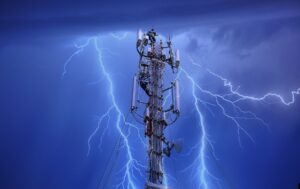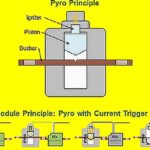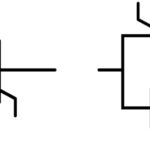 The next generation of cellular communications, the 5G network, will help the IoT reach its full potential. IoT includes many devices and physical objects such as home appliances, vehicles, and “smart” cities.
The next generation of cellular communications, the 5G network, will help the IoT reach its full potential. IoT includes many devices and physical objects such as home appliances, vehicles, and “smart” cities.
IoT connectivity depends on the advancements of the 5G network compared to the current 4G LTE networks. The download speed of up to 1 Gbps for 5G, up to ten times faster than 4G, and lower latency, allows for swift file transfers. 5G networks also offer greater capacity to handle more traffic and greater consistency, which can unlock economic and societal opportunities.
With those opportunities comes the need for increased investment in supporting infrastructure. This need includes small-cell and macro cell base stations, with the small cells located on rooftops or light poles to transmit mmWave signals starting at 24 GHz. Millimeter waves can travel only a short distance and can be blocked or disrupted by walls, windows, and even weather. Macro cells generally operate via an antenna mounted on a more traditional tower, which is subject to hazards that can affect the reliability and lifetime of the equipment. Engineers must protect circuits and systems from:
- Transient voltage surges resulting from large inductive load switching caused by motors,
- Current overloads,
- Electrostatic discharge (ESD), and
- Short circuits.
As a design engineer, you can add protection to this 5G infrastructure by creating circuits to protect against electrical hazards.
Begin with a detailed description of a macro base station and recommendations for protecting the base station circuitry. Two crucial focus areas are the tower-mounted amplifier and the advanced antenna systems.
Read the complete article, How to safeguard cellular base stations from five electrical hazards, at 5G Technology World.




Leave a Reply